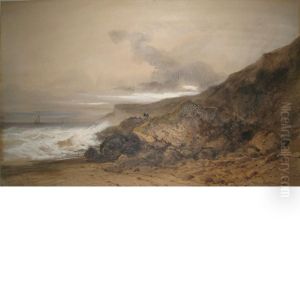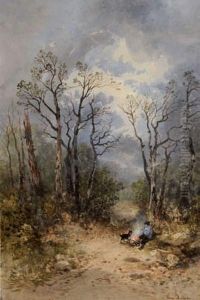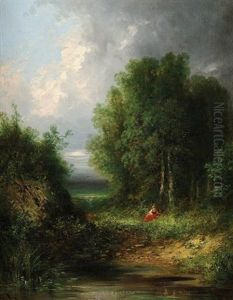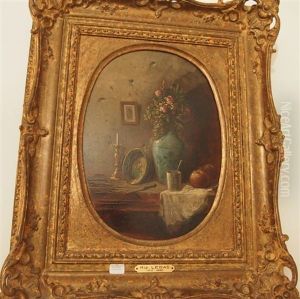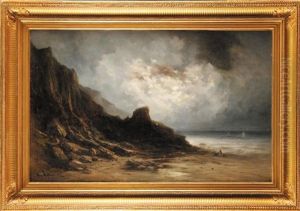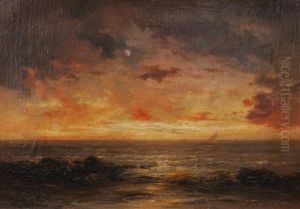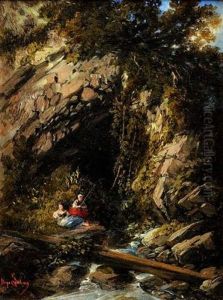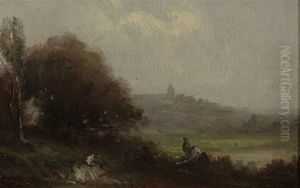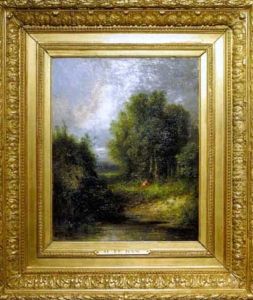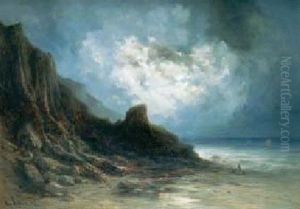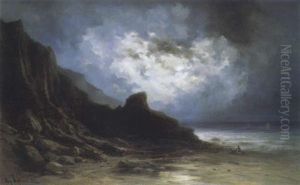Gabriel Hippolyte Le Bas Paintings
Gabriel Hippolyte Le Bas was a French artist, primarily known for his work as a lithographer, born in 1797. His career spanned much of the 19th century, a period marked by significant advances in the field of printmaking and the flourishing of lithography as a popular medium for reproducing artworks. Le Bas was part of this transformative era in art history, contributing to the development and dissemination of lithography in France and across Europe.
Le Bas's artistic endeavors were deeply influenced by the cultural and political climate of his time. The 19th century was a period of great social change, revolution, and the expansion of the European empires, all of which provided rich material for artists. As a lithographer, Le Bas was involved in the process of creating prints from a lithographic limestone or a metal plate with a smooth surface. This technique allowed for the wide distribution of artworks, making them more accessible to the public and promoting the democratization of art. His works included reproductions of paintings by famous artists of his time, as well as original compositions.
Throughout his career, Le Bas collaborated with several prominent artists and contributed to various publications, helping to popularize lithography as an artistic and commercial practice. Despite the importance of his work in the history of printmaking, detailed records of his life and the full scope of his contributions to art history are somewhat limited, as is the case with many artists of the period. Gabriel Hippolyte Le Bas passed away in 1873, leaving behind a legacy tied to the advancement of lithography and the broader narrative of 19th-century art.
Le Bas's work remains significant for art historians and collectors, illustrating the technical and aesthetic developments of lithography during a key period of its evolution. His contributions to the art world are reflective of the broader shifts in European art practices and the increasing importance of printmaking in the visual culture of the 19th century.
